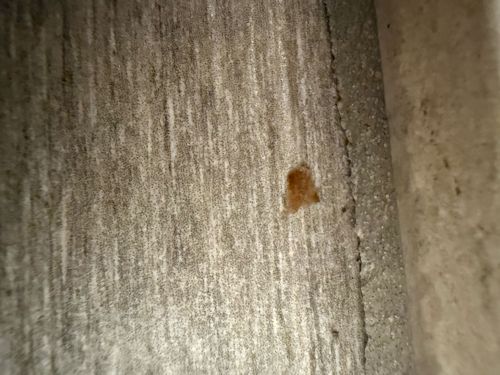Case-bearing Clothes Moth
Scientific Name: Tinea pellionella
Order & Family: Lepidoptera, Tineidae
Size: Wingspan typically 9-16 mm (0.35-0.63 in). Larvae are about 10 mm (0.4 in) long when fully grown.

Natural Habitat
Indoors in dark, undisturbed areas such as closets, attics, storage chests, and behind furniture. Infests natural fibers.
Diet & Feeding
Larvae feed on natural fibers, including wool, fur, feathers, silk, felt, and other animal products. They can also feed on cotton and synthetic fibers if blended with natural ones, or if soiled with food or perspiration.
Behavior Patterns
The most distinctive behavior of the larvae is their construction of a portable silken case, which they carry with them and enlarge as they grow. Adults are poor fliers and tend to run or hop; they are often found in dark areas. They are primarily active at night and are attracted to light but typically stay hidden.
Risks & Benefits
Potential risks include significant damage to textiles, clothing, carpets, and other items made of natural fibers. They do not bite or transmit diseases. There are no known benefits as they are considered pests in human environments.
Identified on: 11/19/2025